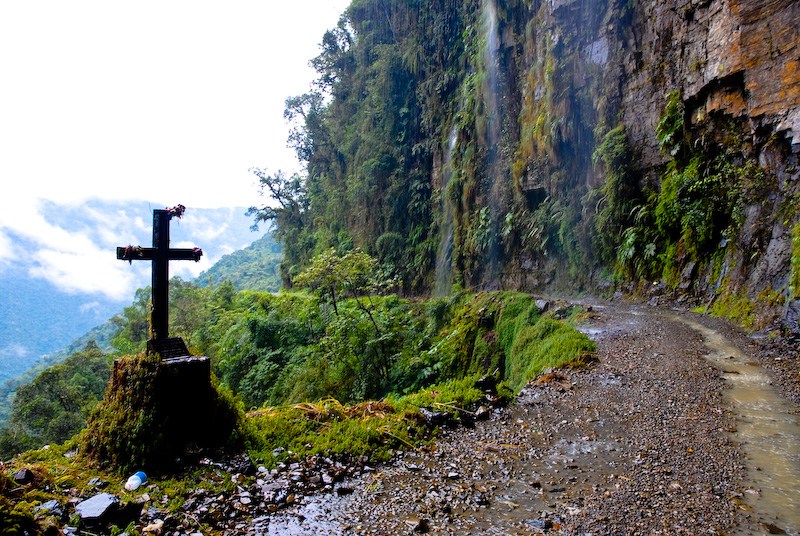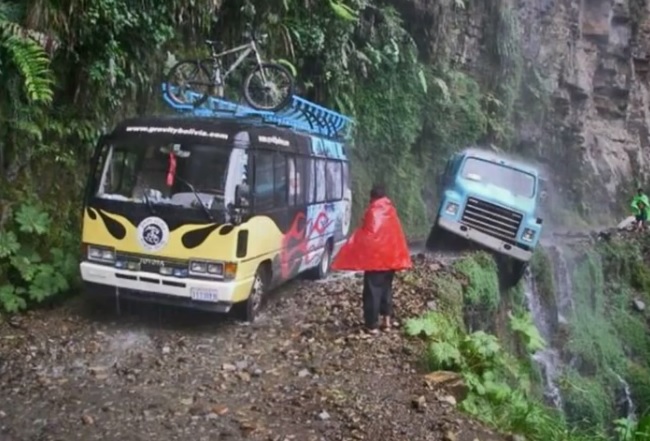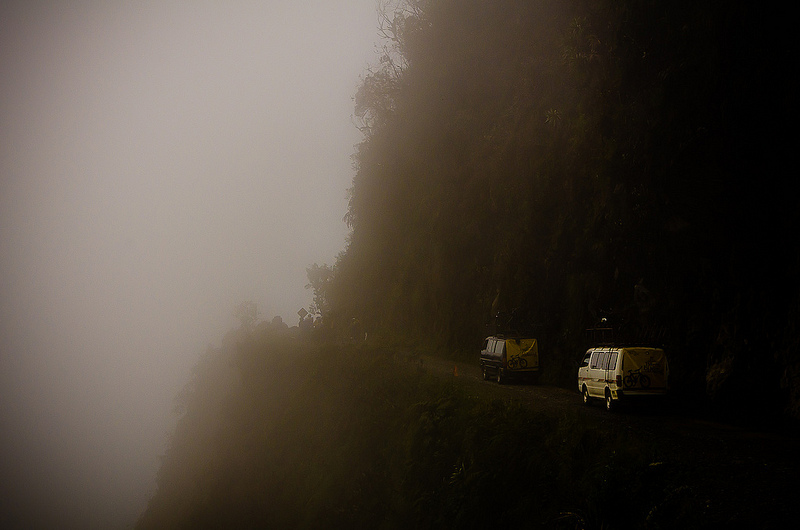Yungas: ‘La Carretera de la Muerte’
Do you know what the Spanish phrase, ‘La Carretera de la Muerte’ means? It’s simple, it means, ‘The Death Road.’ Los Yungas or the Yungas in Bolivia are one of the deadliest motor able roads in the world. The road links two very different regions of Bolivia, the high plateau of La Paz, extreme land, winds and steep mountain peaks with the region of the Yungas, temperate and subtropical. Let’s learn more about these roads in this article.

Do you have similar website/ Product?
Show in this page just for only
$2 (for a month)

0/60
0/180
Yungas: ?La Carretera de la Muerte? 


Do you know what the Spanish phrase, ?La Carretera de la Muerte? means? It?s simple, it means, ?The Death Road.? Los Yungas or the Yungas in Bolivia are one of the deadliest motor able roads in the world. The road links two very different regions of Bolivia, the high plateau of La Paz, extreme land, winds and steep mountain peaks with the region of the Yungas, temperate and subtropical. Let?s learn more about these roads in this article.

The death road or the highway of the death, in Bolivia, is a highway of about 80 kilometers that unites the capital, La Paz, with the region of the Yungas, to the northeast of the country. It is also known as the road to Los Yungas. This road is considered as the most dangerous road in the world.
Many sections of this road are only 3 meters wide. Along the way one can witness several crosses and tombstones recall the many fatal accidents unfortunately occurred in this place.
The North Yungas Road from La Paz to Coroico is 56 kilometers. In 1995 the Inter-American Development Bank named it as the "world's most dangerous road". In 2006, it was estimated that 200 to 300 travelers were killed yearly along the road. The South Yungas Road connects La Paz to Chulumani, 64 kilometers east of La Paz, and is considered to be nearly as dangerous as the North Road.

The largely single-lane road has few guard rails and cliffs of up to 600 meters (2,000 feet). During the rainy season from November to March, rain and fog can severely hamper visibility, and water runoff can turn the road into a muddy track, affecting traction. In the summer, rock falls are common and vehicle dust limits visibility as well.
One of the local road rules specifies that the downhill driver never has the right of way and must move to the outer edge of the road. This forces the faster downhill vehicle to stop so that passing can be negotiated safely. Unlike the rest of Bolivia, vehicles are required to drive on the left side of the road to give the driver a better view of the vehicle's outside wheel and making passing safer.

The danger of the road made it a popular tourist destination starting in the 1990s, drawing some 25,000 thrill seekers. Mountain biking enthusiasts in particular have made it a favorite destination for downhill biking since there is a 64-kilometre stretch of continuous downhill riding with only one short uphill section. Nevertheless, the Yungas Road remains dangerous. At least 18 cyclists have died on the road since 1998.
Popularity
The highway exists in popular culture.
The road was once featured on the BBC show Top Gear: Bolivia Special, in Episode 6 of Top Gear series.
A Mitsubishi Outlander TV commercial was the first ever filmed on the road.
The second season of IRT: Deadliest Roads, a spin-off of the History Channel series Ice Road Truckers, follows six North American drivers as they haul cargo along the road.
The road also featured in the third episode of Hamish and Andy's Gap Year South America on Australia's Nine Network in 2014.
The road also featured on the BBC show World's Most Dangerous Roads in series three, episode three. The popular American over landing team "Expedition Overland" explored Los Yungas in 2017.
CONTINUE READING
Yungas
Deadliest Road of the World
Bolivia
Carretera de la Muerte
World's Deadliest Roads
Amazon
La Paz
Internet
News
International
Sandeep Semwal
Content Writer
